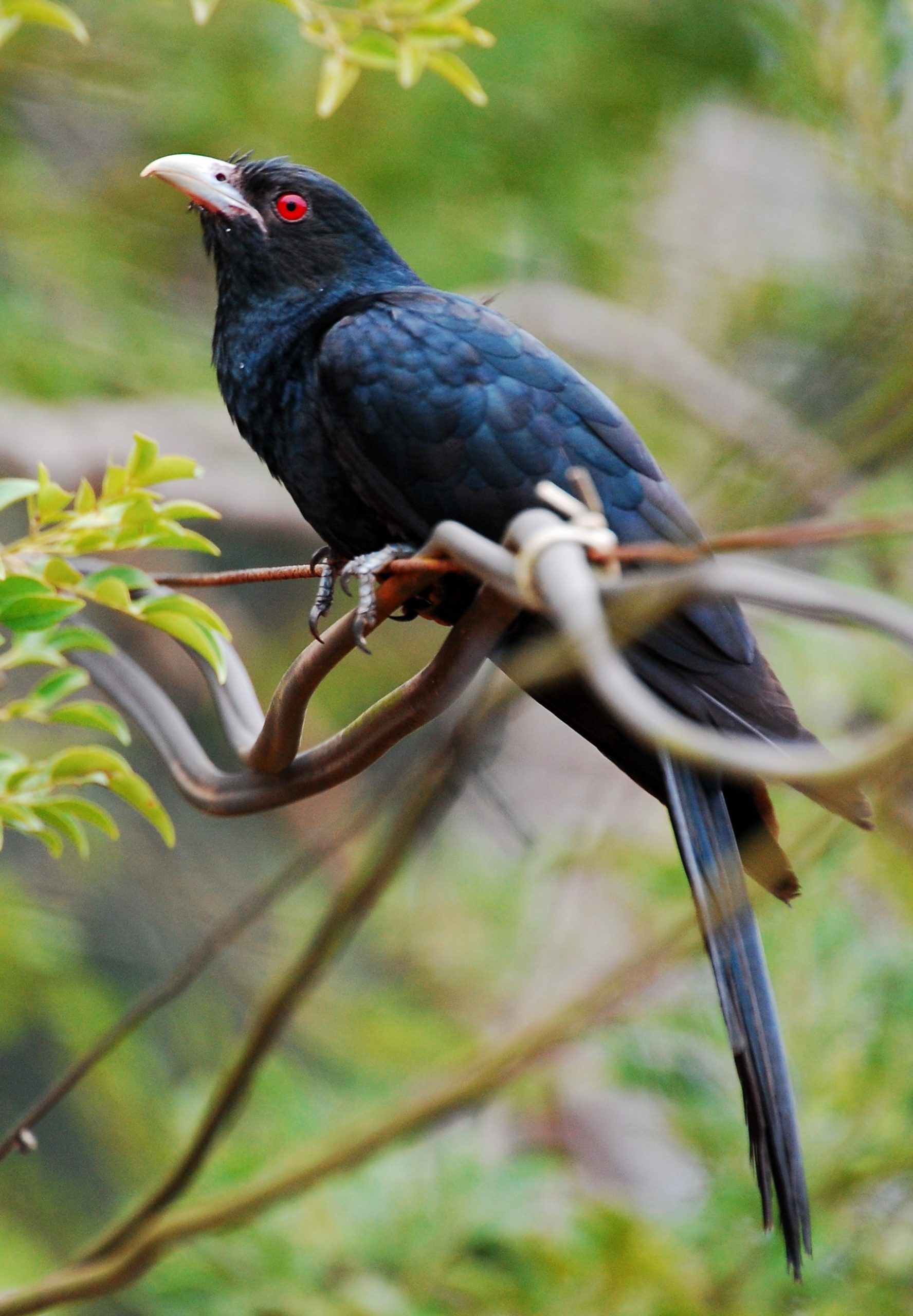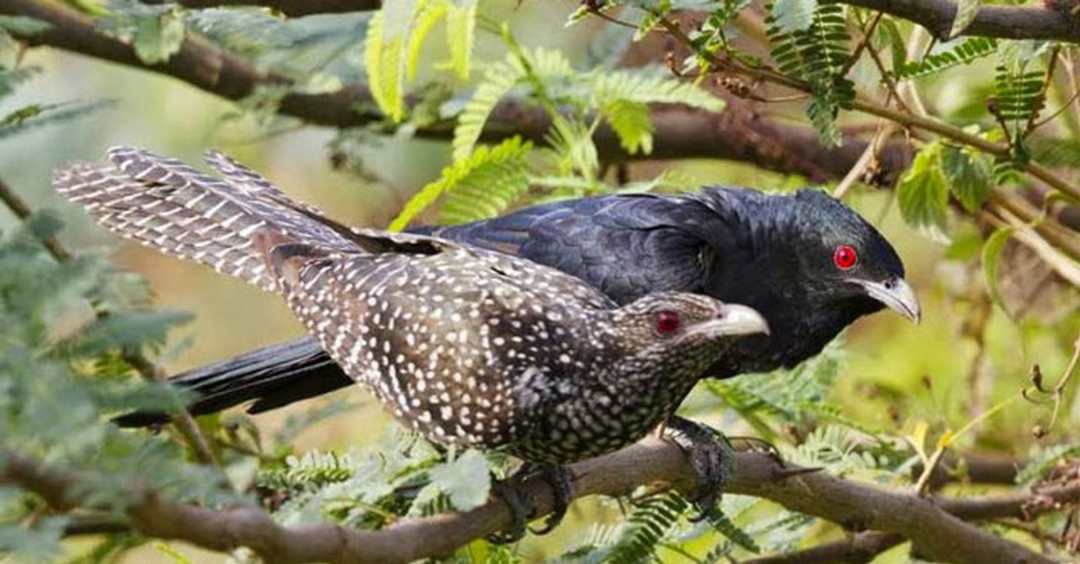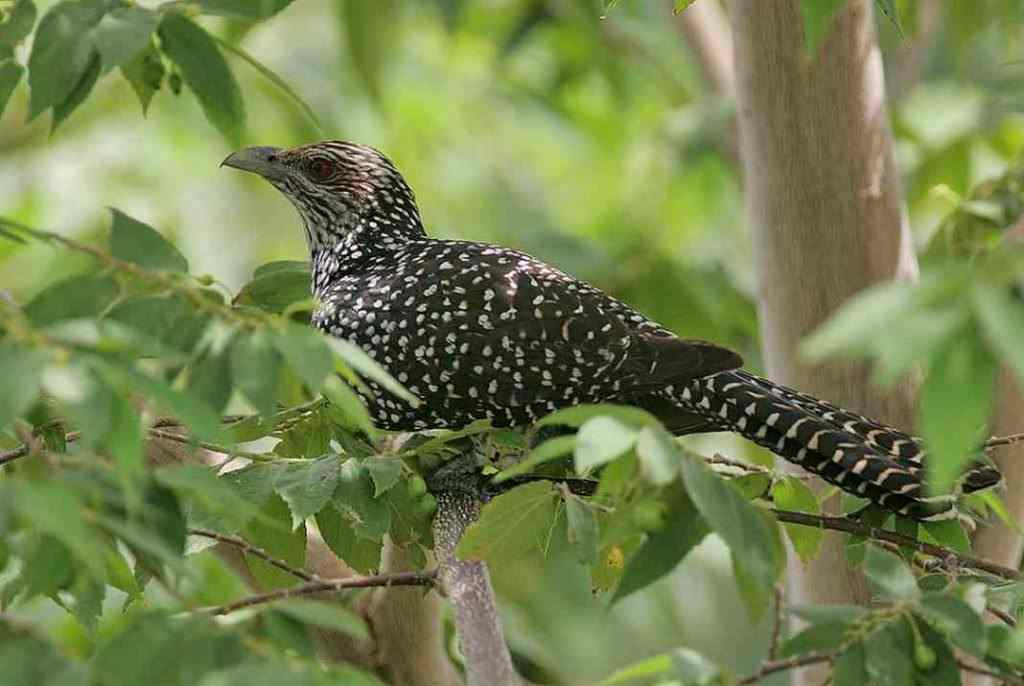The Cruelty of Howling Birds: A Disturbing Phenomenon in Nature

Across the world, Howling birds, a rare and peculiar species, have garnered attention and speculation due to their perceived cruelty. Found in deep forests and wilderness areas, these birds have fascinated researchers and biologists alike for their unique behaviors. In this article, we will explore the cruelty of Howling birds and delve into the reasons behind their alarming actions.
Howling birds (scientific name: Avius malevolus) are small in size, averaging between 15 to 20 cm in length. They have a distinctive black and white plumage pattern on their wings and back. Their beaks are long and sharp, suitable for hunting and attacking.

- Unnecessary attacks and killing of prey: One of the most distinctive and concerning traits of Howling birds is their tendency to attack and kill prey without necessity. They often target small primates, young birds, or even members of their own species whom they perceive as non-threatening. This creates an image of cruelty and brutality.
- Intrusive behaviors: Howling birds also exhibit a tendency to intrude into the territories of other bird species and seize their nests. They attack, kill, or drive away other birds to claim the territory and its resources.
- Formation of demonic flocks: Howling birds often gather in flocks and attack other groups of birds or solitary individuals. They use the strength of numbers to overpower and kill their targets, creating a terrifying and malevolent image of a flock of birds.
- Resource competition: One possible explanation for the cruel behaviors of Howling birds is the competition for resources in their habitat. When food sources become scarce, Howling birds may resort to attacking and killing rival competitors to ensure their own survival.
- Genetic predisposition: The cruel behaviors of Howling birds could be attributed to certain genetic traits. It is possible that some inherited characteristics make them more aggressive and vicious compared to other bird species.








